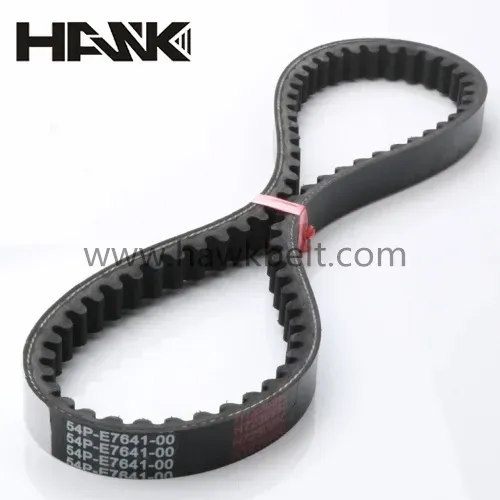- Arabic
- French
- Russian
- Spanish
- Portuguese
- Turkish
- Armenian
- English
- Albanian
- Amharic
- Azerbaijani
- Basque
- Belarusian
- Bengali
- Bosnian
- Bulgarian
- Catalan
- Cebuano
- Corsican
- Croatian
- Czech
- Danish
- Dutch
- Afrikaans
- Esperanto
- Estonian
- Finnish
- Frisian
- Galician
- Georgian
- German
- Greek
- Gujarati
- Haitian Creole
- hausa
- hawaiian
- Hebrew
- Hindi
- Miao
- Hungarian
- Icelandic
- igbo
- Indonesian
- irish
- Italian
- Japanese
- Javanese
- Kannada
- kazakh
- Khmer
- Rwandese
- Korean
- Kurdish
- Kyrgyz
- Lao
- Latin
- Latvian
- Lithuanian
- Luxembourgish
- Macedonian
- Malgashi
- Malay
- Malayalam
- Maltese
- Maori
- Marathi
- Mongolian
- Myanmar
- Nepali
- Norwegian
- Norwegian
- Occitan
- Pashto
- Persian
- Polish
- Punjabi
- Romanian
- Samoan
- Scottish Gaelic
- Serbian
- Sesotho
- Shona
- Sindhi
- Sinhala
- Slovak
- Slovenian
- Somali
- Sundanese
- Swahili
- Swedish
- Tagalog
- Tajik
- Tamil
- Tatar
- Telugu
- Thai
- Turkmen
- Ukrainian
- Urdu
- Uighur
- Uzbek
- Vietnamese
- Welsh
- Bantu
- Yiddish
- Yoruba
- Zulu
Sht . 23, 2024 04:48 Back to list
small machine belts
Understanding Small Machine Belts A Critical Component in Machinery
Small machine belts play an essential role in the operation and efficiency of various machinery used across industries. These belts are designed to transfer power between shafts and pulleys, enabling different parts of a machine to work in harmony. Understanding the types, functions, and maintenance of small machine belts is vital for anyone involved in engineering, manufacturing, or equipment maintenance.
Types of Small Machine Belts
There are several types of small machine belts, each suited for specific applications. The most common types include V-belts, flat belts, and round belts.
1. V-belts These belts have a trapezoidal cross-section that fits into pulleys with a corresponding shape. The design allows for better traction and minimizes slippage, making V-belts ideal for high-torque applications.
2. Flat belts With a rectangular cross-section, flat belts are designed to run on flat pulleys. They are typically used in applications requiring less power transfer and are known for their simplicity and effectiveness in light-duty scenarios.
3. Round belts These belts are cylindrical and intended for light-duty applications, such as small machinery and hobbyist equipment. Round belts are flexible and can navigate around smaller pulleys, making them suitable for intricate machinery designs.
small machine belts

The Function of Small Machine Belts
The primary function of small machine belts is to transmit mechanical power. When an engine or motor turns a pulley, the belt transfers that rotational energy to another pulley connected to another part of the machine. This seamless transfer of energy ensures that machinery operates smoothly and effectively. Additionally, belts can help absorb shock and reduce vibrations, enhancing the lifespan of machines.
Maintenance and Longevity
Proper maintenance of small machine belts is crucial for optimal performance and durability. Regular inspection should be conducted to check for signs of wear and tear, such as cracks, fraying, or stretching. If any damage is detected, timely replacement is important to prevent further issues within the machinery.
Furthermore, ensuring proper tension is vital for belt performance; too loose or too tight can lead to inefficiencies or damage. Lubrication, when applicable, can also extend the life of certain belt types but must be done carefully, as excessive lubrication can attract dirt and grime.
Conclusion
Small machine belts, though often overlooked, are indispensable components that contribute significantly to the functionality of machinery across various sectors. Understanding their types, functions, and maintenance needs can help users maximize efficiency while minimizing downtime. As technology continues to evolve, innovations in belt design and materials will likely enhance the performance and lifespan of these critical components even further.
-
Upgrade Power Steering Pump Belt for Smooth, Quiet Operation
NewsAug.27,2025
-
Precision Timing Belt & Chain: Engine Performance & Durability
NewsAug.26,2025
-
Precision Lathe Drive Belts: Durable & Reliable Performance
NewsAug.25,2025
-
84.5 Serpentine Belt: Durable & Precision Fit for Your Engine
NewsAug.24,2025
-
Premium Ribbed Drive Belts for Quiet Power Transmission
NewsAug.23,2025
-
High-Performance Vehicle Timing Belt for Engine Precision
NewsAug.22,2025

